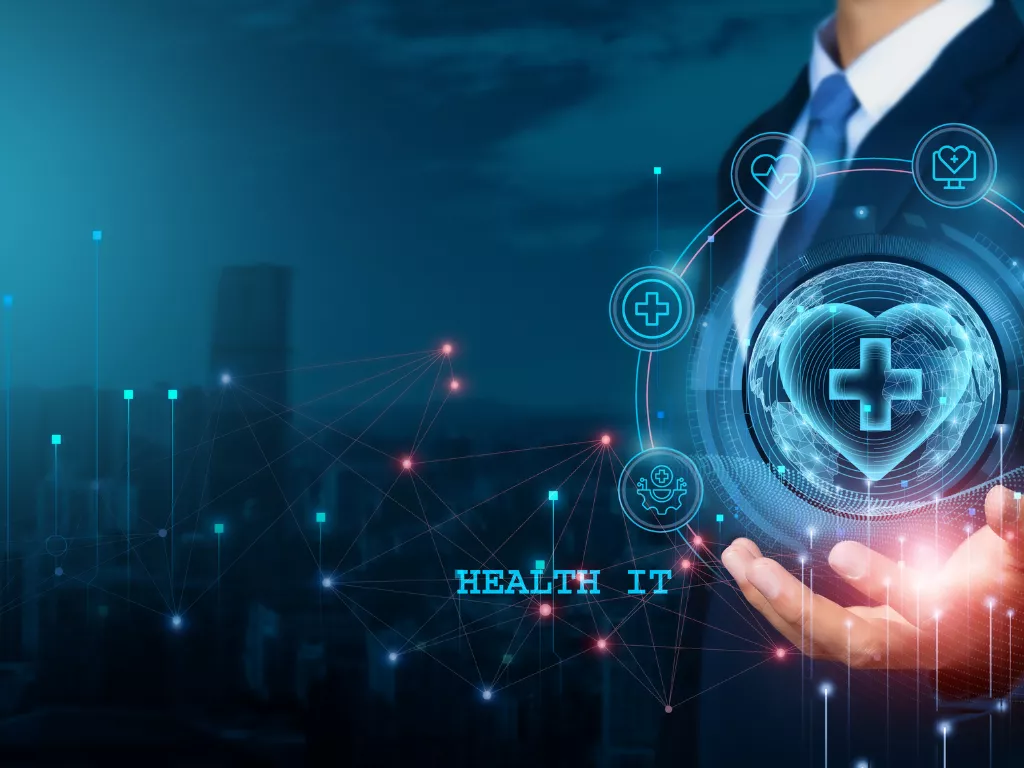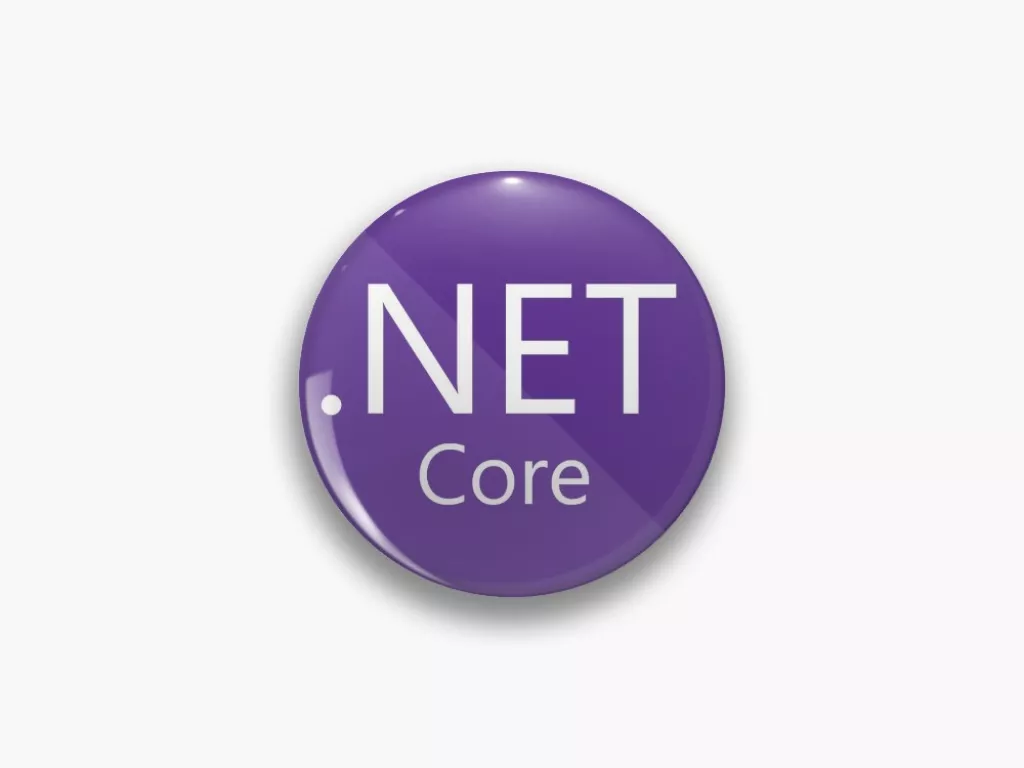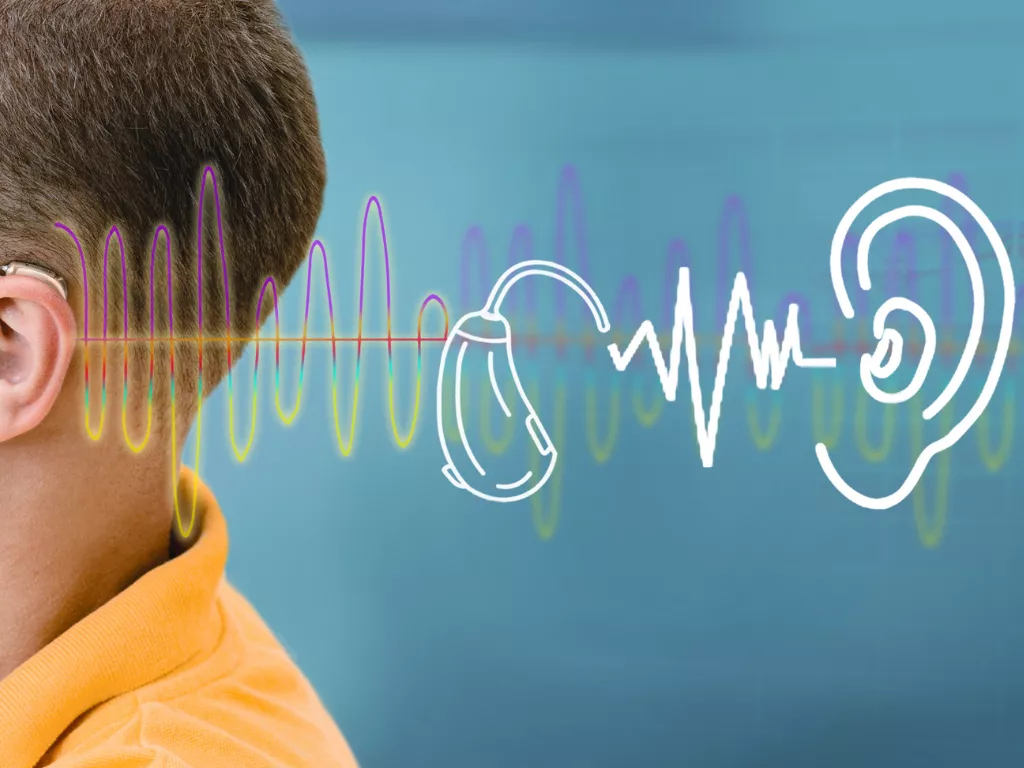Trends that will shape the Healthcare & Lifesciences in 2024
Healthcare & Lifesciences IT market overview
The healthcare IT market includes a range of technology solutions such as electronic health records (EHRs), telemedicine, mHealth (mobile health) applications, health information exchange (HIE), clinical decision support systems (CDSS), and more. The healthcare IT market is driven by several factors, including increasing demand for digital healthcare solutions, government initiatives promoting healthcare IT adoption, rising healthcare costs, and the growing prevalence of chronic diseases.

Multiple factors drive the adoption of technology in the healthcare domain. Key factors include the growing need for digital healthcare solutions, government efforts to encourage the use of healthcare IT, higher healthcare expenses, and more people having chronic diseases.
As per Markets & Markets, the global healthcare & Lifesciences IT market size is projected to reach USD 974.5 billion by 2027, with a CAGR of 19.8% from 2022 to 2027. (1)
North America leads the healthcare IT market because it has a well-established healthcare infrastructure and widespread adoption of healthcare IT solutions. Its dominance is attributed to both its robust healthcare infrastructure and the widespread acceptance of healthcare IT solutions.
Even though there are growth opportunities, the healthcare IT market also deals with challenges. These include worries about keeping data private and secure, difficulties in making different systems interoperable, and inadequate healthcare IT infrastructure in developing nations.
Trends that will shape Healthcare and Life Sciences Industry in 2024
Consumerism: A paradigm shift towards patient-centricity
In the coming year, healthcare is poised for a transformation where patients will assume a pivotal role as both purchasers and managers of their health outcomes. Collaborating closely with healthcare providers, they will navigate treatment options through personalized plans and flexible payment solutions, demanding frictionless experiences and seamless technology for an enhanced healthcare journey.
Modern-day individuals/ healthcare consumers are well-versed in medical terminologies, diseases, and preventive measures. Motivated to proactively manage their health, they embrace better lifestyle choices, preventive screenings, and heightened awareness of public health. Transparency, trust, and access to health data are now non-negotiable for consumers, mirroring expectations in the retail realm.
This evolution is not only fuelled by patient education but also by a demand for transparency, trust, and accessibility to health data. Like retail transactions, patients want value for their investment, including access to and control over their health data for improved outcomes. These dynamics collectively shape the landscape of healthcare consumerism.
Interoperability for better monitoring and care coordination
Interoperability is now a vital element in healthcare, compelled by regulations and growing patient demands. Beyond facilitating seamless data exchange among healthcare systems, it focuses on granting patient complete access to their consolidated, normalized, and longitudinal health records. This proves advantageous to both providers and patients.
The perennial challenge of interoperability in healthcare, arising from complex and fragmented IT infrastructures, calls for an open ecosystem approach to liberate data from silos. By unifying data from diverse medical devices and systems into a single interface, new interoperability capabilities enhance care coordination. This empowers caregivers with a comprehensive patient overview, promoting confident treatment recommendations and easing the burden of information overload, supported by innovations like visual patient avatars.
Wearable Devices
Over 15 years ago, the surge of smartwatches initiated a trend in wearable technology, promoting healthier lifestyles. Today, a plethora of advanced smart health devices, including vital-sign monitoring wearables reflects the enduring desire for seamlessly integrated health technologies tailored to evolving needs.
Anticipating the trend's continuation in 2024, these technologies are expected to foster better oral care habits and closely monitor children's growth and development, showing a world where individuals can predict and prevent potential health issues. Physicians are already prescribing wearables for preventive care, leveraging data for remote monitoring and diagnostics.
The wearables industry, marked by rapid evolution and diverse products, showcasing prototypes ranging from brain health screening platforms to fertility trackers, alert bracelets, therapeutic VR headsets, and even dog collars monitoring canine health. As consumers embrace these technologies, AI will analyse patterns and behaviours, optimizing experiences and delivering comprehensive, personalized health data.
Digital twins
Digital twins use real-world data to simulate how a product or process will perform and they are becoming increasingly prevalent across industries. They will become “virtual patients” like digital replications of people that can be used to test drugs and treatment procedures in clinical analysis. A key benefit of this technology is that it will accelerate time-to-market for new pharmaceuticals and medical device manufacturers.
Intelligence and automation for the healthcare supply chain
Artificial Intelligence (AI) is transforming healthcare, aiding in complex decision-making, predicting patient needs, and optimizing resource allocation. AI-driven solutions are now essential for delivering personalized and efficient care.
The future of healthcare relies on data, with providers becoming analytics consumers to enhance patient outcomes. AI and machine learning (ML) play crucial roles in understanding patient patterns, detecting diseases, and streamlining hospital operations.
Modernization focuses on reducing waste, cutting costs, and improving patient care. Predictive analytics in supply chain management enables better systems, tracking inventory, anticipating product shortages, and optimizing equipment maintenance to minimize disruptions.
Hospital At Home
The "hospital at home" concept, prompted by the COVID-19 pandemic, gained traction as an essential alternative to traditional hospital care. Utilizing connected devices like thermometers and pulse oximeters, patients can be monitored remotely, reducing the need for hospitalization.
Technological advancements in remote patient monitoring allow real-time data transmission on vital signs, benefiting chronic disease patients. While home care offers cost savings and improved patient experience, challenges exist in infrastructure, accessibility, and privacy concerns. Despite these challenges, the growing adoption of telehealth systems facilitates the transition of complex care to the home, emphasizing the need for continuous improvement in data security and transparency.
Technology - driving force behind healthcare trends in 2024
Advancements in technology are pivotal in this shift, empowering patients to have greater control over their healthcare outcomes.
Artificial Intelligence (AI)
- AI, a technology utilizing algorithms and statistical models, performs tasks requiring human intelligence, including pattern recognition, predictions, and learning from experience.
- In healthcare, AI analyzes extensive data to aid early and accurate disease diagnosis. In medical imaging, such as X-rays and CT scans, AI identifies abnormalities, enhancing diagnostic precision and mitigating the risk of misdiagnosis.
- AI contributes to personalized treatment plans by scrutinizing patient medical histories, genetic data, and other health information.
- By identifying patterns and predicting effective treatments, AI improves outcomes and lowers the risk of adverse events, revolutionizing the healthcare landscape.
Chat Bots (GPT / NLP)
- Chatbots, powered by artificial intelligence (AI), emulate conversations with human users, addressing commonly asked questions, offering basic medical advice, and facilitating appointments with healthcare providers.
- Natural Language Processing (NLP) can analyze patient feedback, recognize trends, and identify early indicators of potential health concerns. The synergy of chatbots and NLP proves to be a potent tool, enhancing patient satisfaction and engagement. Moreover, chatbots can deliver personalized medical advice, leveraging a patient's medical history and symptoms.
Cloud Computing
- Cloud computing stands as a transformative force in healthcare, presenting numerous advantages for both providers and patients. Enhanced data security ranks among the key benefits, as healthcare providers can securely store patient data in advanced data centres with robust security measures, mitigating the risks of unauthorized access and data breaches.
- The versatility of cloud computing facilitates improved care coordination and communication among healthcare providers. Accessible from any location, at any time, and through any internet-connected device, it streamlines the exchange of patient data.
- The scalability inherent in cloud computing for healthcare empowers providers to tailor their computing resources dynamically, eliminating the need for additional investments in hardware or software. This adaptability optimizes resources and enhances overall efficiency.
Telemedicine
- The landscape of telemedicine is swiftly advancing, and 2024 is poised to introduce significant trends. The prevalence of AI-driven virtual assistants and chatbots is set to increase, offering patients personalized health advice and aiding them in navigating various telemedicine platforms.
- Integration with Electronic Health Records (EHR) will become increasingly important, allowing healthcare providers to access patient data in real-time during telemedicine consultations.
- Telemedicine will also focus more on mental health, with continued growth in telepsychiatry and other telemedicine-based mental health services.
How Decos will help with the new trends in healthcare and life sciences?
At Decos, we stand at the forefront of innovation, specializing in cutting-edge solutions tailored to the latest trends in healthcare and life sciences. Our expertise lies in a range of technology solutions such as electronic health records (EHRs), telemedicine, mHealth (mobile health) applications, health information exchange (HIE), clinical decision support systems (CDSS), and more.
From leveraging AI for precision diagnostics to utilizing data analytics for informed decision-making, we are dedicated to advancing healthcare and life sciences through transformative IT solutions. Our commitment extends to delivering bespoke services that align seamlessly with the evolving needs of your business in these critical sectors.
Partner with us to navigate the complexities of healthcare and life sciences with confidence, utilizing the most sophisticated and forward-thinking IT solutions available.
Summary
In 2024, the healthcare sector is poised for transformation. Key trends are set to redefine the industry, demanding both providers and patients embrace adaptation, innovation, and collaboration to navigate the dynamic healthcare landscape effectively. It underscores the imperative for proactive engagement and a collective effort to thrive in the face of evolving challenges.
Reference
1. https://www.marketsandmarkets.com/Market-Reports/healthcare-it-252.html….
This blog is written by Vikas Bhawar, Project Manager, at Decos. As a Project Manager at Decos, he excels in orchestrating operations and steering projects to successful completion.
Decos is a cutting-edge technology services partner ready to meet your software needs in the medical domain. If you have a question on one of our projects or would like advice on your project or a POC, just contact Devesh Agarwal. We’d love to get in touch with you!

Discover more

Efficiently loading assemblies at runtime with .NET 6*

Artificial Intelligence in Audiology

